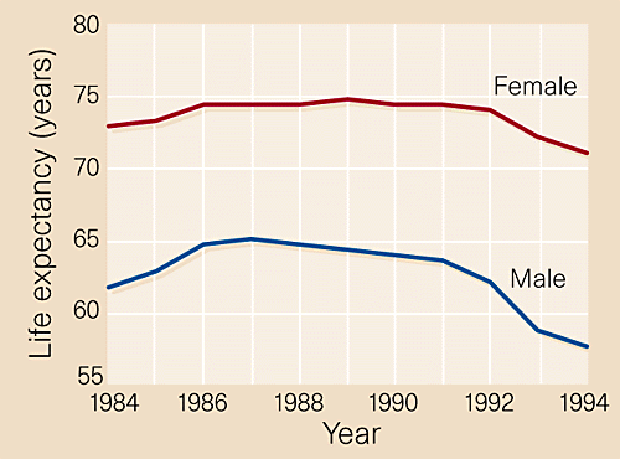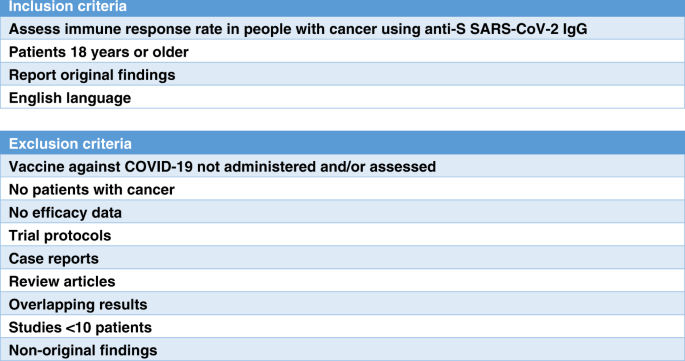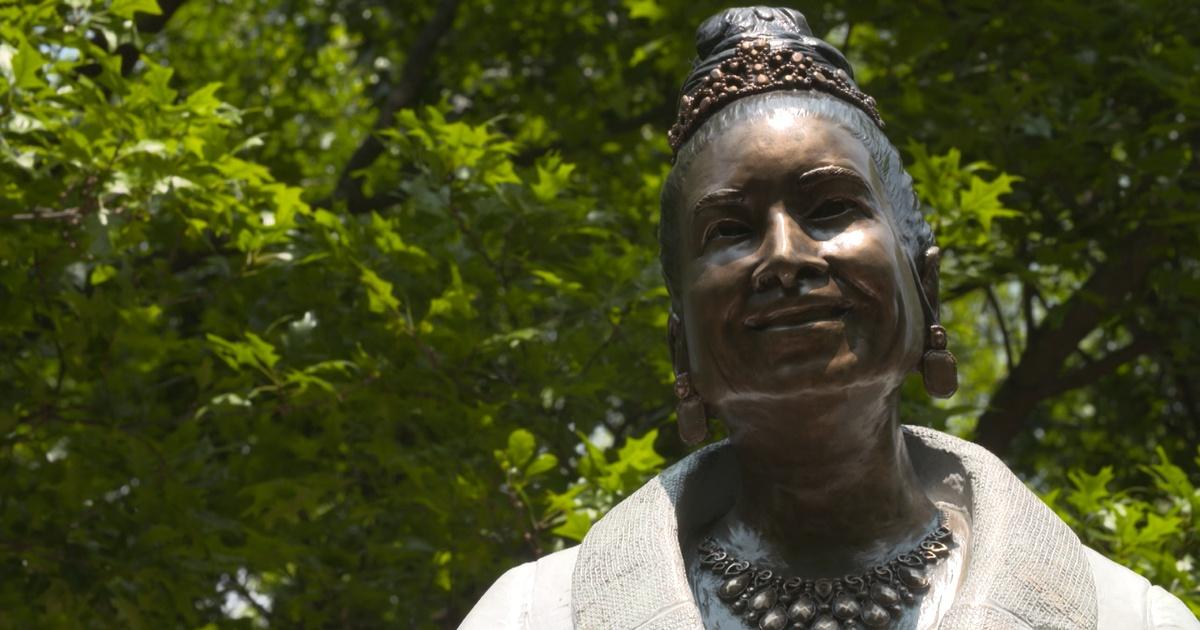
- Select a language for the TTS:
- UK English Female
- UK English Male
- US English Female
- US English Male
- Australian Female
- Australian Male
- Language selected: (auto detect) - EN
Play all audios:
Access through your institution Buy or subscribe After an increase up to the mid-late 1980s, life expectancy for both men and women has decreased alarmingly; in 1994, for instance, male life
expectancy at birth was 57.6 years, a decline of 7.3 years from 1987. But why has there been such a dramatic variation? Could it be just an artefact, for instance stemming from erroneous
estimates of the population size? This is a preview of subscription content, access via your institution ACCESS OPTIONS Access through your institution Subscribe to this journal Receive 51
print issues and online access $199.00 per year only $3.90 per issue Learn more Buy this article * Purchase on SpringerLink * Instant access to full article PDF Buy now Prices may be subject
to local taxes which are calculated during checkout ADDITIONAL ACCESS OPTIONS: * Log in * Learn about institutional subscriptions * Read our FAQs * Contact customer support Authors * Tim
Lincoln View author publications You can also search for this author inPubMed Google Scholar RIGHTS AND PERMISSIONS Reprints and permissions ABOUT THIS ARTICLE CITE THIS ARTICLE Lincoln, T.
Demography Death and the demon drink in Russia. _Nature_ 388, 723 (1997). https://doi.org/10.1038/41897 Download citation * Issue Date: 21 August 1997 * DOI: https://doi.org/10.1038/41897
SHARE THIS ARTICLE Anyone you share the following link with will be able to read this content: Get shareable link Sorry, a shareable link is not currently available for this article. Copy to
clipboard Provided by the Springer Nature SharedIt content-sharing initiative








